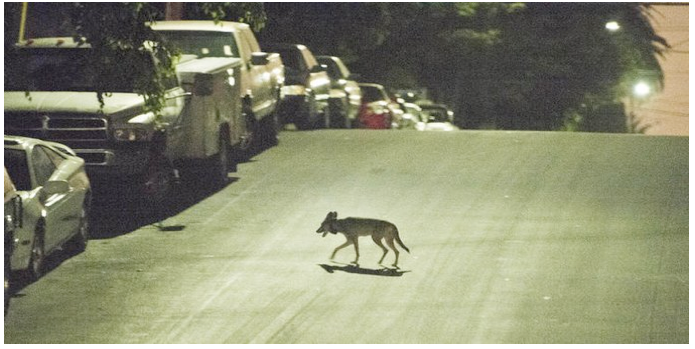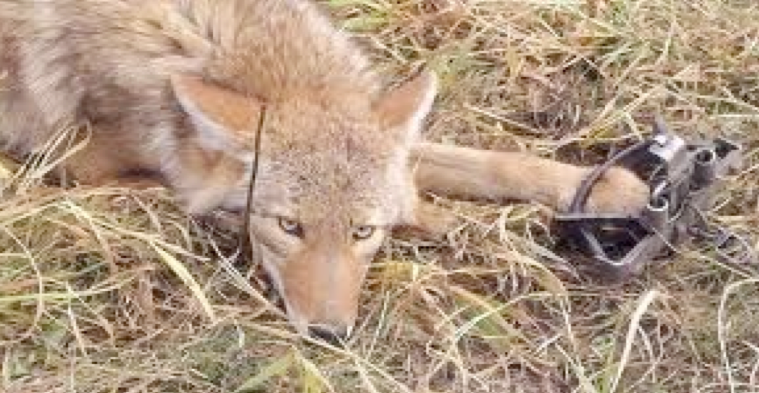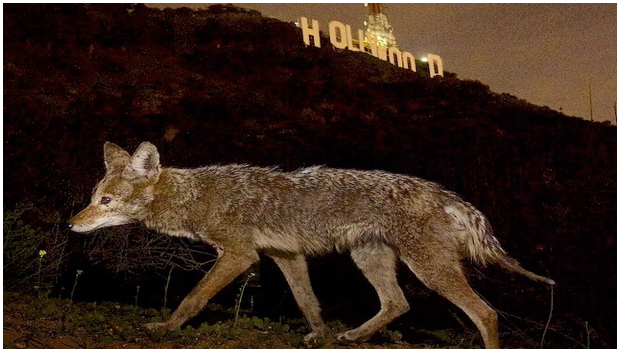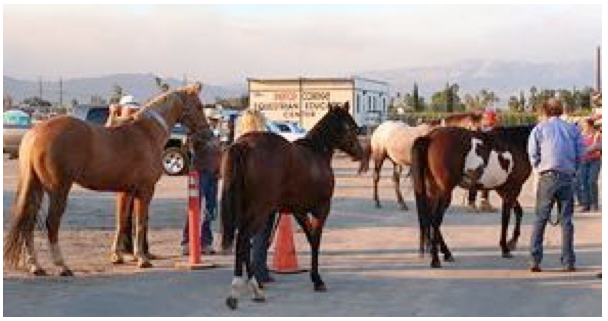ANIMAL WATCH-LA Animal Services’ GM Brenda Barnette announced on the Department’s intranet messaging board on September 15 at 5:00 p.m., that new Assistant General Manager Derek Brown—hired in June--had resigned. Barnette stated that the job was “not a good fit” for him.
The job description clearly stated that the decision on hiring would be made by Brenda Barnette, and the person selected would serve entirely at the pleasure of the GM.
Derek Brown (not to be confused with Animal Services Asst. GM Dana Brown) is the fourth highly qualified and experienced AGM to leave abruptly during Barnette’s six-year tenure (plus the sudden recent resignation of impeccable Commission Secretary/Management Analyst II Rita Moreno, whose loss prompted a Commissioner to comment that he proposed a motion to not let her leave).
That’s a lot of high-level professionals who apparently were “not a good fit” at LAAS!
Derek Brown is a former 20-year LAAS employee who began as an animal control officer. He left in 2007, at the rank of Captain, to take on the responsibilities of Deputy Director at L.A. County Animal Care and Control. He remained in that position until, after a lengthy recruitment process, Barnette hired him as AGM to oversee field operations. He also appeared representing the GM at several Commission meetings. So, if, after three months on the job, he was “not a good fit,” it wasn’t because Derek Brown lacked experience or industry expertise.
Although he is a very private person, close friends and colleagues say that, soon after Derek’s appointment, he became concerned about---what I will call—a difference between his “management style” and that of Barnette and Director of Field Operations Mark Salazar.
Salazar was hand-selected by Barnette two months after her appointment in 2010. His experience as an animal control officer was very limited. Media reports (below) document his challenges as a manager after that and, according to L.A. City Personnel Dept., were known to Barnette.
Let’s take a look at the public management histories of both Brenda Barnette and Mark Salazar--whom Barnette frequently praises publicly--before and after they took over LAAS.
Brenda Barnette was appointed GM in September 2010; however, the hiring announcement was first made at a media conference on June 17, by former-Mayor Antonio Villaraigosa and Councilman Paul Koretz (who was involved in selecting her.)
Villaraigosa stated that, after a year-long, nationwide search, which he called “the most intensive he’s ever seen,” Brenda Barnette, CEO of the (very small) Seattle Humane Society, was most qualified out of a reported 120 candidates. Barnette, a WA resident, did not have the one mandatory prerequisite for the job--a CA driver’s license. She also had no prior animal-control experience.
Barnette, a self-described former dog breeder, had another position in Seattle. She was Legislative Representative for the American Kennel Club (AKC), which, she told the press, meant merely hitting the “forward key” when the world’s largest purebred dog-breeding registry sent her issues to oppose or support.
Brenda Barnette was beleaguered by labor issues at Seattle HS, according to an Oct. 20, 2009, media release by the Animal Control Officers’ Guild (ACOG), “The SHS with around 70 staff has had over 60 employees turnover in the last 18 months, this is over 75%! Staff fears this is not just the nature of the job but from a complete lack of attention to training, employee retention and morale by management leading to a lack of continuity in care of animals.”
On Oct. 10, 2010, GM Barnette announced to her employees (via the internal message board) that after an extensive interview process that included answering three essay questions in advance, answering two question at the interview, and an in-person interview, she had decided to hire outsider Mark Salazar as the Director of Field Operations (DFO) in charge of law-enforcement and field services. Barnette explained in the post, “My job, as your General Manager, is to lead and leaders do not always get to make popular choices….”
So, what was so special about Mark Salazar that would cause new GM Barnette to emphasize her “leadership” in hiring him, and bypass many experienced, fully qualified officers already managing field operations? (Although he is called “Commander,” for some undisclosed reason, Salazar has reportedly never worn a badge at LAAS.)
Here’s Mark Salazar’s public management record before joining LAAS:
A January 7, 2016, article in the Press Enterprise reports a new lawsuit: RIVERSIDE: City Workers Allege Harassment. This article reviews a similar suit filed against Mark Salazar in 2008 in great detail, stating:
“It’s not the first lawsuit to allege harassment and other impropriety in the city’s code enforcement department. In 2008, five former employees sued the city and former code enforcement manager Mark Salazar, who they said harassed and discriminated against them based on age, sex and disabilities. (Emph. added)
“In those cases, workers alleged Salazar inappropriately touched them, made sexual and insulting comments to employees and retaliated when they complained, including sending three of them to work out of a dirty, dangerous metal shed in the city yard.
“A suit filed in March 2008 by Mary Furfaro, Todd Solomon and Steve Livings was settled in 2010. Livings, who had been fired, was reinstated to his job with back pay.”
Now, let’s look back at what was published about Mark Salazar in 2008.
Mark Salazar was verified as the code enforcement supervisor named in the following lawsuit:
Former Riverside code enforcement officers cite discrimination in suit – The article describes allegations against Mark Salazar of inappropriate touching, discrimination, harassment and retaliation, including having them work from a metal storage shed, with stored hazardous materials, no air-conditioning, no heating or drinking water. (These incidents allegedly occurred in 2005/2007.) (The Press Enterprise, 3/19/08)
2 more former Riverside code enforcement officers sue city” – Two more former Riverside code enforcement officers sued the city claiming age and sex discrimination. “The main accusations in both suits are against Mark Salazar, the city’s former code enforcement manager.”
According to the City of Riverside, Mark Salazar “stopped working as a city employee in February and was given a contract as an advisor on code, which ended in August,” the article states.
Mark Salazar made headlines again as the Executive Director of the Northeast Texas Humane Society in Longview, TX, in 2010, where he had reportedly worked for only nine months, and where he stated in his own report, with his photo, The Northeast Texas Humane Society has a euthanasia rate of 80%.
Dispute grows over contract with Humane Society - Mark Salazar refused the request of the city which funds the Humane Society to perform an audit of finances in Oct. 2010... (LongviewNewsjournal.com, 10/14/10)
Open the Books: Humane Society’s unwillingness to open records raises questions (Longview Newsjournal.com 10/17/10)
Humane Society director resigns - “Mark Salazar, executive director of the Humane Society of Northeast Texas, has resigned and will be returning to Los Angeles to work in that city’s animal services department.” (Longview News-journal.com, 11/24/2010)
Following is the short list of the Barnette/Salazar management-team decisions (and City embarrassments) since 2010:
8/5/2011 - LAPD, City Seize Guns at 6 L.A. Animal Shelters Plainclothes LAPD officers are reported to have taken about 120 weapons, including shotguns, rifles and .38-caliber handguns from the six animals shelters, the LA Times explained, “The city's 75 animal control officers are issued firearms to kill wild animals that are too injured to transport to shelters.”
An audit was requested by Animal Services head Brenda Barnette, according to the Daily News. Lt. Troy Boswell said they were unaware of any concerns. The police handed workers at the East Valley Shelter a note from Barnette and then took .38-caliber handguns from the premises. "We were given no explanation," he said.
10/21/2011 Phew! All of L.A. Animal Services Guns Are Accounted For, Audit Finds “Thursday, officials announced the audit determined that all of the department's weapons were accounted for…”, the LAist reported.
2/14/2012 – Six Animal Shelter Captains Benched Pending Vending Machine Contract Probe
“The city has sent home six animal shelter commanders pending a police probe into shelter vending machine contracts,” the Daily News has learned. “The six captains were placed on paid administrative leave Sunday by Brenda Barnette, general manager for Los Angeles Animal Services.”
“Each captain earns up to $75,000 a year. Each has been ordered not to speak with each other or the media.”
“The vending machines had been employed by the commanders since the 1950's to provide petty cash ($20-30/mo.) for shelter decorations, prizes and pizza for workers and volunteers. The practice was codified by the department in 2008. Barnette signed another amendment early last year granting captains permission to earn shelter money through recycling or machine vending, as long as they kept records,” the Daily News reported.
The captains were being investigated by the LAPD's Burglary Crimes Division, “their crime, explained to them by a police detective: They had eaten shelter pizza they'd helped buy by contracting for the vending machines.”
"We have a plan of action," Brenda Barnette told Daily News reporter Dana Bartholomew. "We have been working with the city psychologist on how to manage change."
6/13/2012 – Los Angeles Animal Services Captains Cleared
Six Los Angeles Animal Services captains returned to work this week after being cleared of any wrongdoing for improper vending machine contracts during "Pizzagate”…. The cost of their combined paid leave: $426,000…,” the Daily News announced, adding, “Barnette did not return calls for comment.”
Mar 18, 2013 – Los Angeles Animal Services' Brenda Barnette: 'No Night Care for Animals in City Shelters’
“The on-going tragic implosion of Los Angeles Animal Services continues in an undated communication from General Manager Brenda Barnette, entitled, “Graveyard Shift Change for Animal Services,” … She states, “At the end of this month, Animal Services will not have Animal Care Technicians (ACTs) in the shelters from midnight until 6 AM…”
Jul 3, 2013 – LA Animal Services GM Brenda Barnette Says Shelters Need Puppies
After supporting an ordinance to prohibit pet stores from selling puppies, kittens, dogs or cats from puppy mills or local breeders, former dog breeder Brenda Barnette, issued a report…recommending that the Department stop spaying late-term pregnant dogs and foster them with rescuers or fosters until the puppies are eight weeks old, when they would be returned to LAAS to be adopted out for additional revenue.

Oct 26, 2013 - Brenda Barnette's Daughter is a 'Responsible' Dog Breeder, Says Best Friends-L.A.’s Director
Brenda Barnette’s daughter--Mary Alice Davis--was hired by Best Friends Animal Society in Los Angeles after Barnette arranged the $1-per-year giveaway of the new $19 million Northeast Valley Animal Shelter to Best Friends. (Plus, the City provides $200,000 a year in maintenance while Best Friends occupies the shelter.) A dog show roster dated May 23, 2013, shows Brenda Barnette and her daughter Mary Alice Davis listed as co-owners of a “Puppy Bitch” in competitions at the Southern California Portuguese Water Dog Club.
When questioned about this, Marc Peralta, Director of Best Friends-LA, wrote back to advocate Daniel Guss: “Mary Alice Davis is not an adoption coordinator, rather she is the foster care coordinator at our pet adoption center in Mission Hills….While Best Friends always advocates adoptions from shelters or rescues for those looking for a pet, we do acknowledge that there are responsible and caring breeders (with definitions attached). Mary Alice falls into the category of responsible breeders. (October 8, 2013 e-mail from Marc Peralta, Director of Best Friends-LA)
Sept 28, 2015 - Memo to GM Barnette and LA Council: LA Animal Control Officers are at Risk ...
On September 16 the City Council’s Personnel and Animal Welfare Committee heard a dismal report on the condition of LA Animal Services’ fleet of Animal Rescue Vehicles (ARV’s.) None of these animal-collection trucks have been replaced since 2000-2003, according to General Services Asst. GM Angela Sherick-Bright and Fleet Services Manager Richard Coulson.
These high-mileage trucks are driven by solitary Animal Control Officers to animal-related emergencies and humane investigations, 24/7, throughout the 469 square miles of urban and rural Los Angeles. Following are a few of the alarming ARV mechanical/equipment failures that have been reported by officers...(read more)
May 23, 2016 - LA Animal Services: Pit Bull with a Violent History Attacks Potential Adopter...
A Pit Bull named Sammy with a prior record of repeated aggression, and who had just bitten a Los Angeles Animal Services kennel worker in the abdomen, was released on April 28, 2016, to NovaStar Rescue, at the personal instruction of LA Animal Services General Manager Brenda Barnette.
On May 15, Los Angeles Fire Department and LAPD responded to a house near downtown LA at approximately 9 p.m., where a pit bull was attacking a woman who “was visiting the dog to determine if she wants to adopt from the rescue who had been fostering the dog.” That dog was later identified by LA Animal Services as Impound #1608123, “Sammy.” “Sammy” was alive but had been stabbed 19 times by a neighbor who heard the victim screaming.
Also: LA Animal Services Removes Animal Control Officers from Harbor Shelter: Staffing Shortages or Poor Management?
Mayor Garcetti OK’s $800,000 for Feral Cat Report While the City’s Homeless Struggle
LA Animal Services Brenda Barnette Hiding theTruth about Coyote Attacks and Rabies or Clueless?
Unfortunately, these are just a few of the alarming and embarrassing public 'errors' made by Brenda Barnette and Mark Salazar. It is unforgivable for taxpayers to pay for this gross mismanagement and for LA’s homeless animals to be victimized by the waste of LA Animal Services $46-million budget designated for their care.
Maybe “not being a good fit” with the current upper-management status quo at LAAS is a good thing!
But this begs greater questions: Is anyone managing the City of LA? And, why is this undisputable history of incompetence being allowed to continue?
(Animal activist Phyllis M. Daugherty writes for CityWatch and is a contributing writer to opposingviews.com. She lives in Los Angeles.) Edited for CityWatch by Linda Abrams.


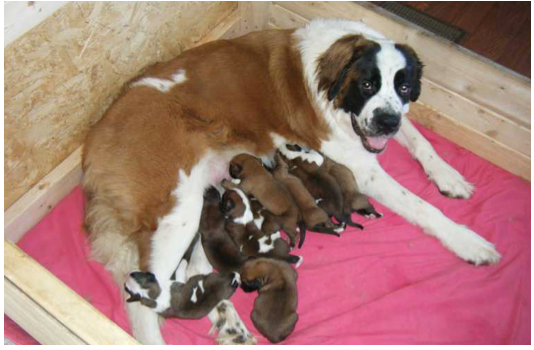

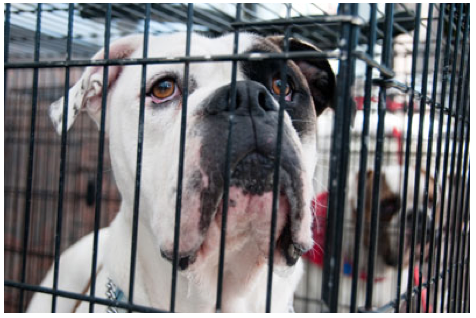






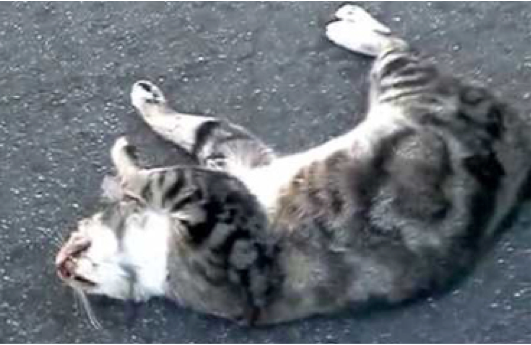
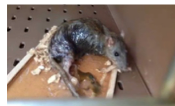 We also discourage the use of glue traps as it is a particularly cruel and inhumane, time consuming way to kill a rodent. The mouse runs onto it, sticks, and is terrified while its struggles to escape. It will either die slowly of dehydration or starvation. The traps can rip off fur and skin while they struggle, and rodents have attempted to chew through their own limbs to get free. Other animals can get trapped on it as well.
We also discourage the use of glue traps as it is a particularly cruel and inhumane, time consuming way to kill a rodent. The mouse runs onto it, sticks, and is terrified while its struggles to escape. It will either die slowly of dehydration or starvation. The traps can rip off fur and skin while they struggle, and rodents have attempted to chew through their own limbs to get free. Other animals can get trapped on it as well. 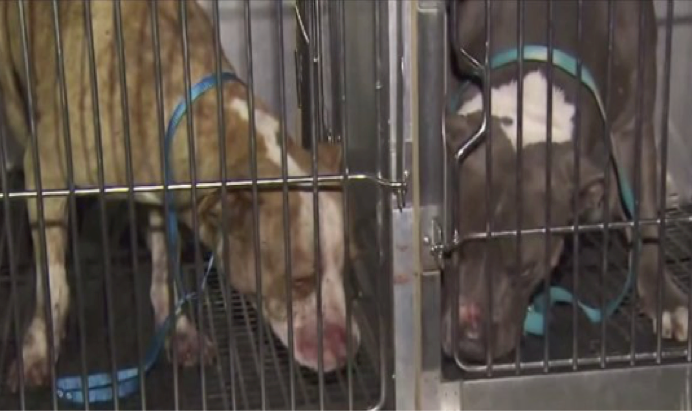


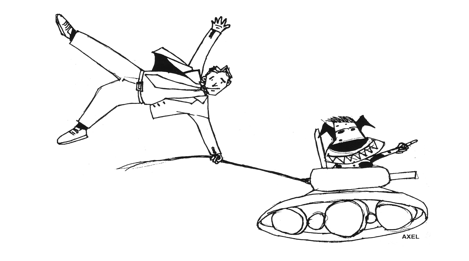
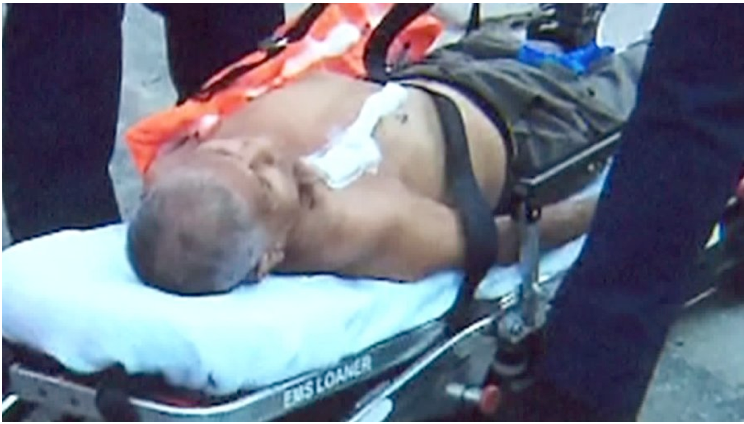
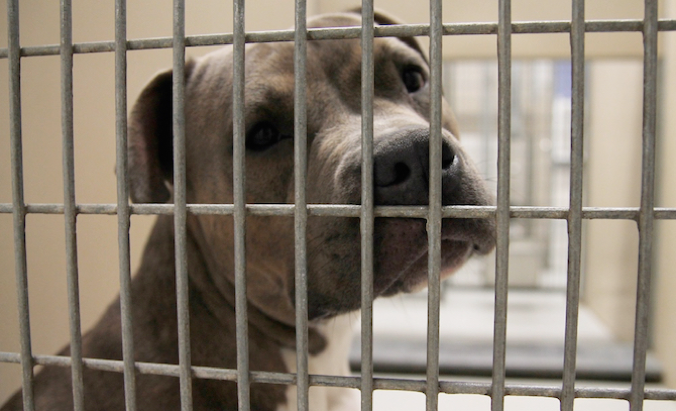

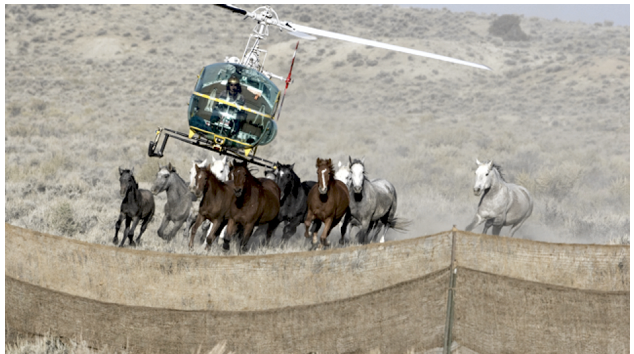
 On September 9, in an effort to curb the increasing overpopulation West-wide, the National Wild Horse and Burro Advisory Board, which suggests policy for the Bureau of Land Management, proposed a program that would either euthanize (which means shoot) or sell without limitation “all suitable animals in long and short term holding deemed unadoptable.”
On September 9, in an effort to curb the increasing overpopulation West-wide, the National Wild Horse and Burro Advisory Board, which suggests policy for the Bureau of Land Management, proposed a program that would either euthanize (which means shoot) or sell without limitation “all suitable animals in long and short term holding deemed unadoptable.” 


